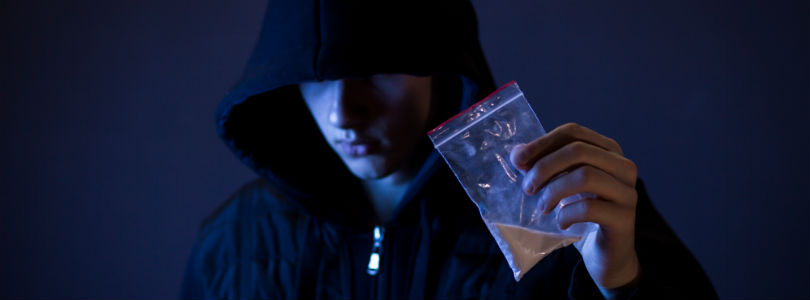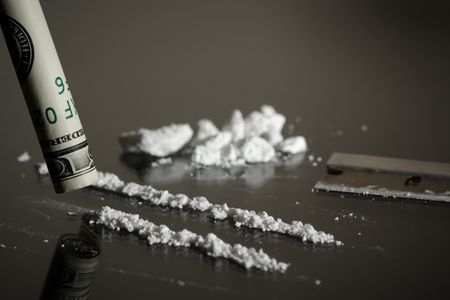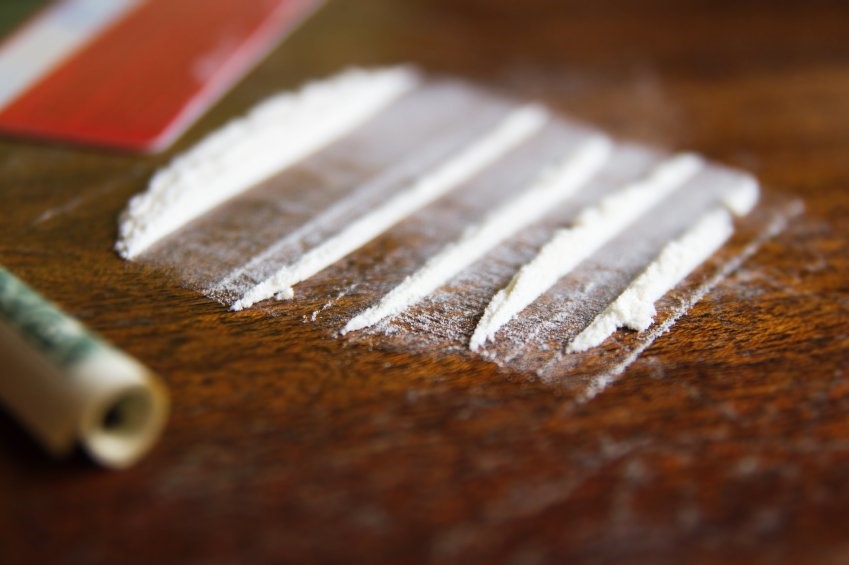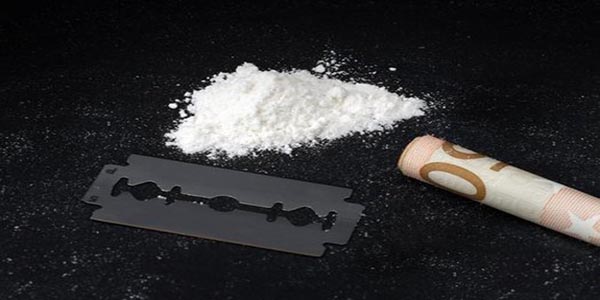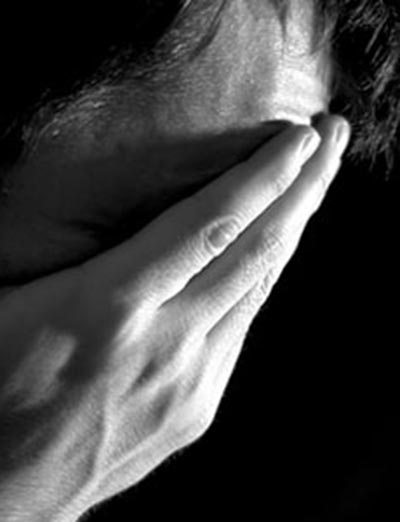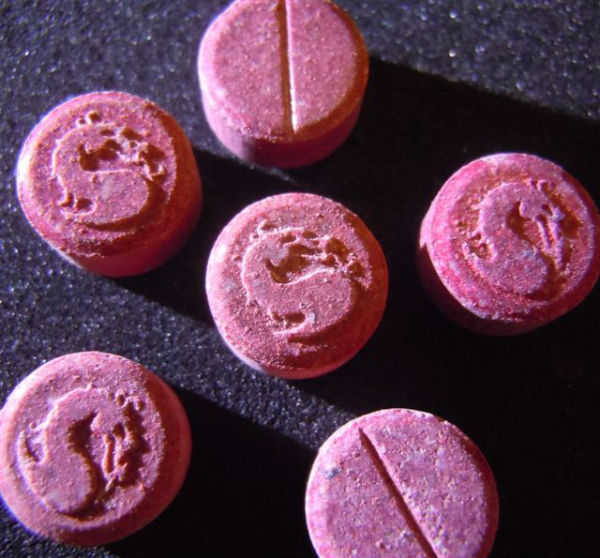Cocaine availability, purity, seizures and harms are all rising in Europe, to record levels in some EU countries – wit...
My Girlfriend Uses Cocaine – Get Help with Cocaine Addiction You may have spotted some of the signs that your girlf...
Most people are aware of the term ‘addiction’ but they do not really understand the illness or how it affects others...
All too frequently, those suffering a cocaine addiction end up in massive amounts of debt to dealers of the drug. For Ab...
Cocaine is the second most commonly abused drug; it is highly addictive, with individuals becoming hooked after even sho...
A mother and son have appeared on the Jeremy Kyle Show to talk about the devastation that cocaine addiction has had on t...
There are many side effects of a substance addiction including health problems, relationship breakdowns, and financial h...
Scientists in Denmark believe they have found a cure for cocaine addiction, which could work in a similar way to methado...
Scotland has a lot of positive things going for it – economically, politically and socially. However, if the UN is to ...
Nigella Lawson was accused of stashing cocaine in a hollow book to hide her escalating habit, as she told a court she wo...


